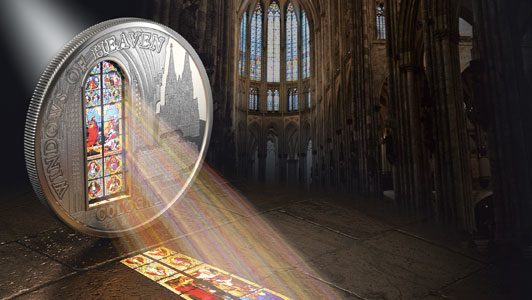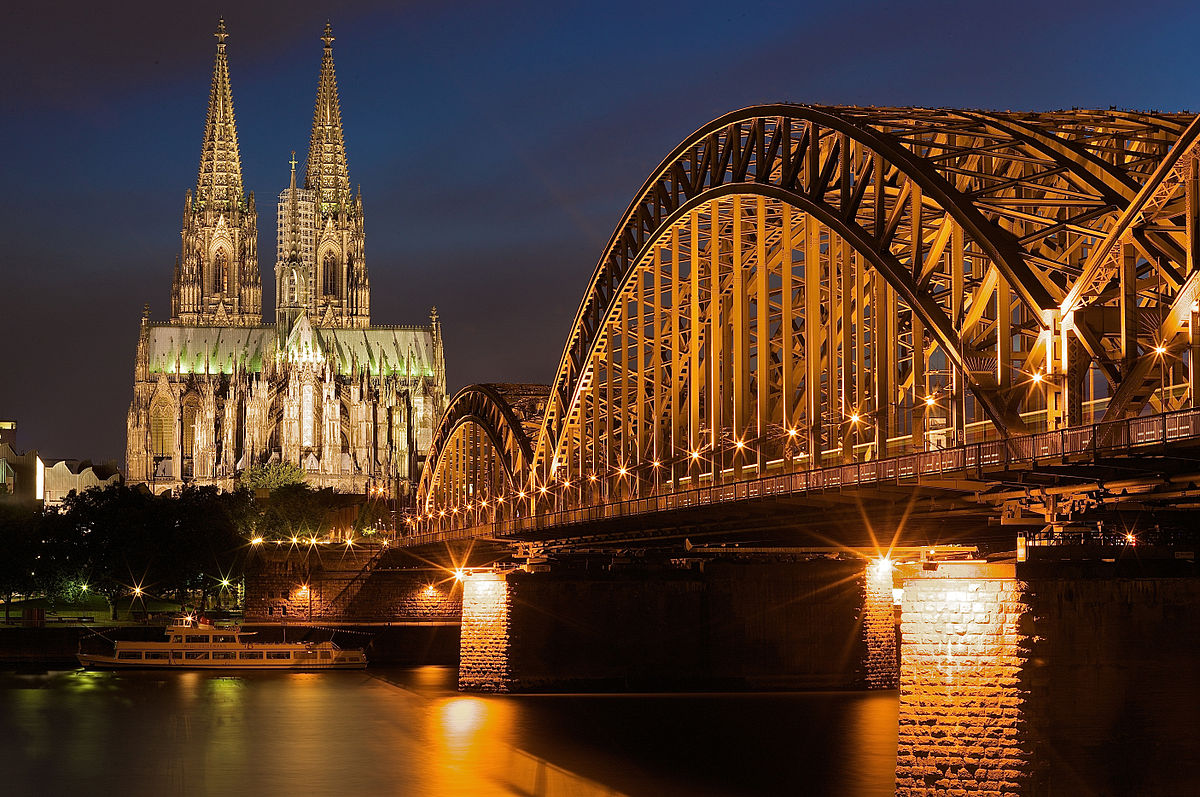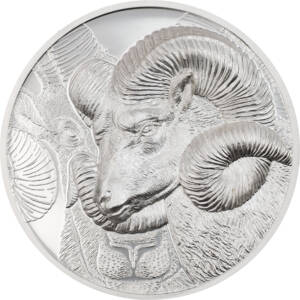
.
A stunning new series of silver coins minted for the Cook Islands pays tribute to famous Cathedrals throughout the world. Beautifully designed, featuring stained glass windows, the series bears the title “The Windows of Heaven”.
The obverse of the coin represents an effigy of Elizabeth II as well as the inscription of the Queen’s name. There is a full-colour window ins ert next to the portrait. The obverse also contains the legends indicating the face value of the coin and the name of the issuing country.
The reverse design features the image of the magnificent Gothic Cathedral at Cologne, with a plan of the outlay of the cathedral below. Being a powerful testimony to the strength and persistence of Christian belief in medieval and modern Europe, the temple has an exceptional intrinsic val ue and contains artistic masterpieces, one of them reflected in a full-colour window insert on the reverse of this silver coin. The upper part of the coin contains the legend denoting the name of the series. Below the images, there are the inscriptions of the name of the city and the year of mintage.
.
-
Contains 50 grams of .925 Silver.
-
Coin is decorated with real stained glass
-
Each coin comes in a special box with a COA.
-
Strict limited mintage of only 2000 coins.
-
Obverse: Effigy of Queen Elizabeth II, “Cook Islands”, and the legal tender value of 10 Dollars
-
Reverse: A very high quality rendition of Gothic Cathedral at Cologne

.
In the series of Windows of Heaven you can find:
.
![]() 2010 Windows of Heaven – Cologne
2010 Windows of Heaven – Cologne
![]() 2011 Windows of Heaven – Cologne
2011 Windows of Heaven – Cologne
![]() 2012 Windows of Heaven – Cologne
2012 Windows of Heaven – Cologne
![]() 2013 Windows of Heaven – Cologne
2013 Windows of Heaven – Cologne
![]() 2014 Windows of Heaven – Cologne
2014 Windows of Heaven – Cologne
![]() 2015 Windows of Heaven – Cologne
2015 Windows of Heaven – Cologne
![]() 2016 Windows of Heaven – Cologne
2016 Windows of Heaven – Cologne
.
.
.
.
.
.
History:
Cologne, Germany’s fourth-largest city (after Berlin, Hamburg, and Munich), is the largest city both in the German Federal State of North Rhine-Westphalia and within the Rhine-Ruhr Metropolitan Area, one of the major European metropolitan areas with more than ten million inhabitants.
Cologne is located on both sides of the Rhine River, fewer than eighty kilometers from Belgium. The city’s famous Cologne Cathedral (Kölner Dom) is the seat of the Catholic Archbishop of Cologne. The University of Cologne (Universität zu Köln) is one of Europe’s oldest and largest universities.
Cologne was founded and established in Ubii territory in the first century AD as the Roman Colonia Claudia Ara Agrippinensium, from which it gets its name. “Cologne”, the French version of the city’s name, has become standard in English as well. The city functioned as the capital of the Roman province of Germania Inferior and as the headquarters of the Roman military in the region until occupied by the Franks in 462. During the Middle Ages it flourished on one of the most important major trade routes between east and west in Europe. Cologne was one of the leading members of the Hanseatic League and one of the largest cities north of the Alps in medieval and Renaissance times. Up until World War II the city had undergone several occupations by the French and also by the British (1918-1926). Cologne was one of the most heavily-bombed cities in Germany during World War II, the Royal Air Force (RAF) dropping 34,711 long tons of bombs on the city. The bombing reduced the population by 95%, mainly due to evacuation, and destroyed almost the entire city. With the intention of restoring as many historic buildings as possible, the successful postwar rebuilding has resulted in a very mixed and unique cityscape.
Cologne is a major cultural centre for the Rhineland; it hosts more than thirty museums and hundreds of galleries. Exhibitions range from local ancient Roman archeological sites to contemporary graphics and sculpture. The Cologne Trade Fair hosts a number of trade shows such as Art Cologne, imm Cologne, Gamescom, and the Photokina.

Cologne












